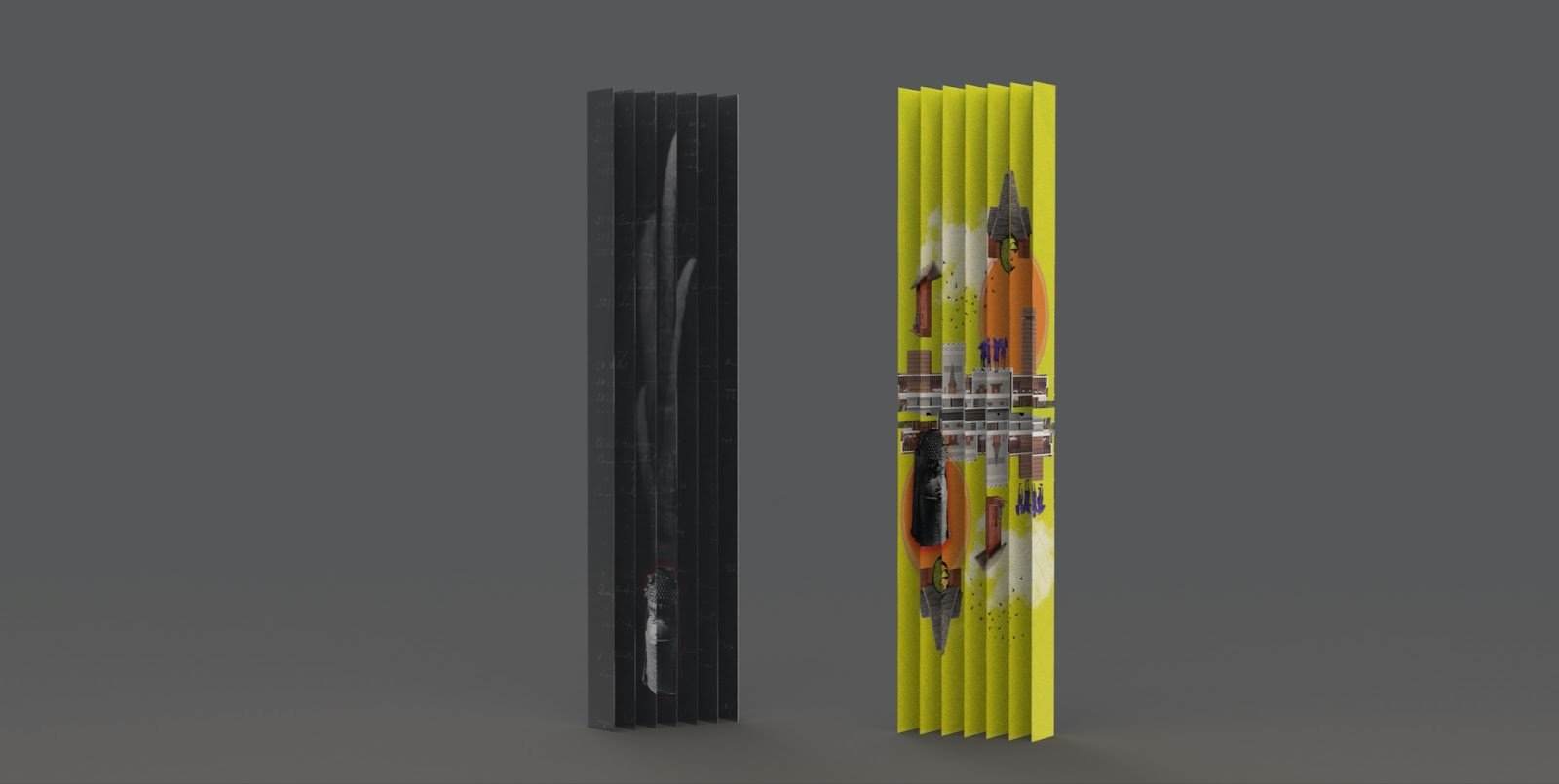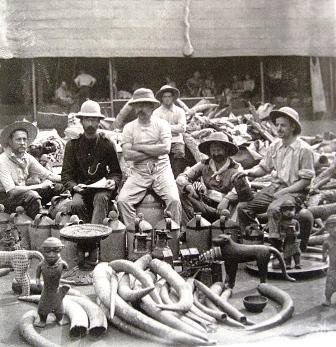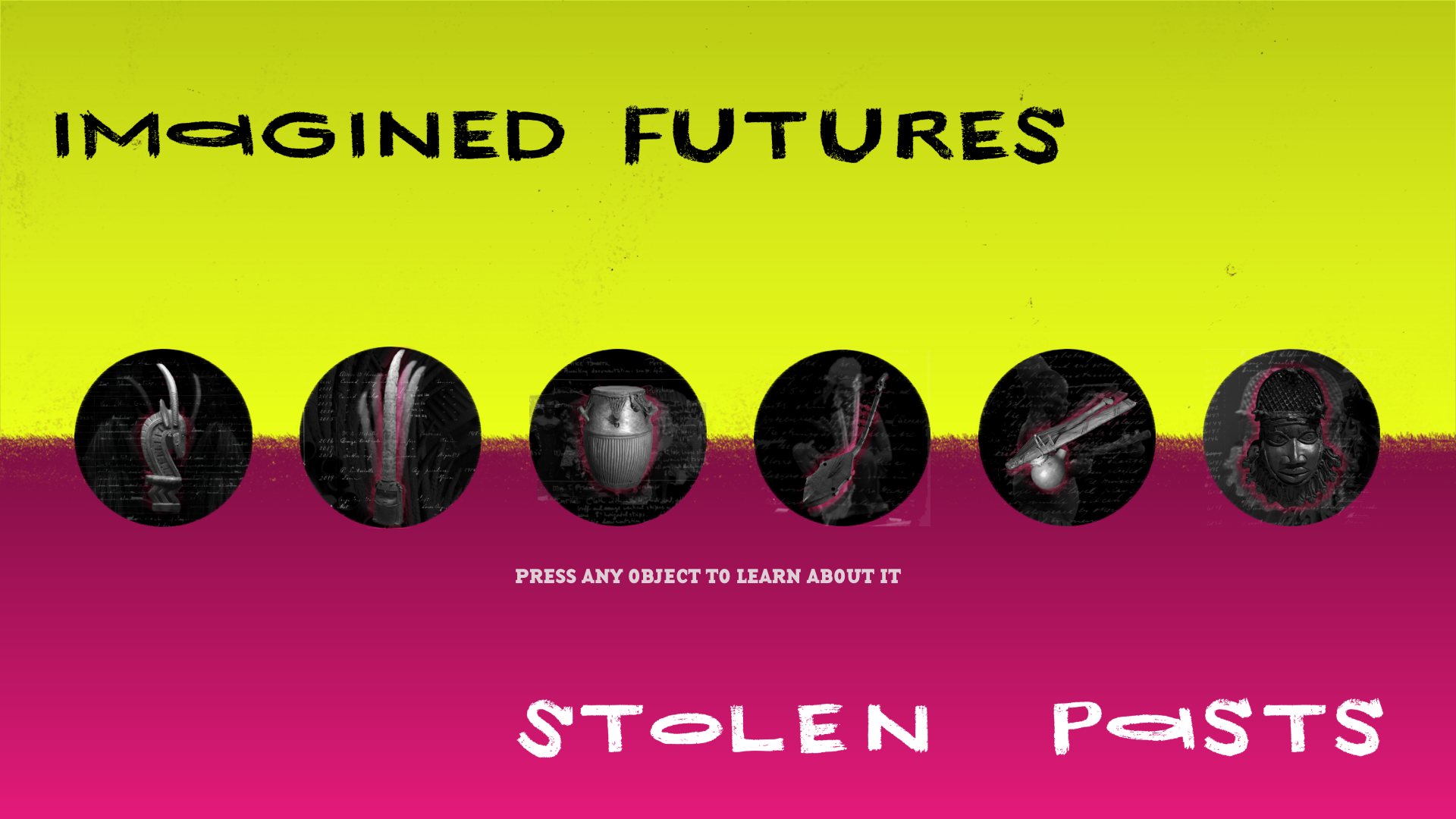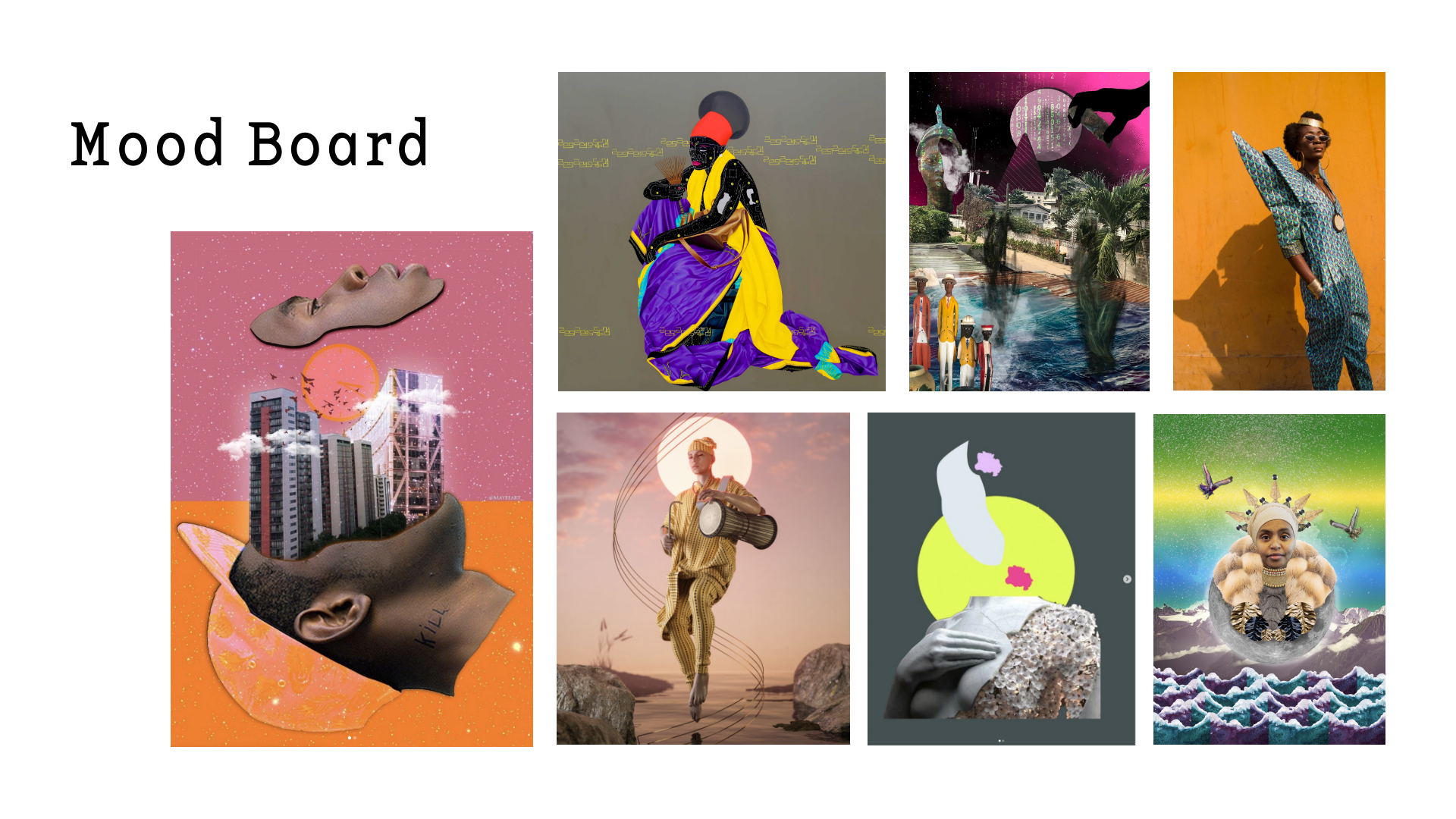Stolen Pasts // Imagined Futures
Stolen Pasts // Imagined Futures is a speculative intervention in the American Museum of Natural History (AMNH), specifically in the Hall of African Peoples.
The project holds the AMNH responsible for the violence of colonization that is embedded in the act of collection and display. We honor the integrity of such objects and the people who authored them by:
Obscuring from view objects that were obtained violently or inequitably;
Providing extended information about the context and conditions of collection;
Imagining futures that take into account the traditions and evolutions of the people they rightfully belong to.
// concept & art direction
// interaction design
// exhibition design
// visual design
// social justice
Concept & Background
Every object in the Hall of African Peoples has a life of its own. It experiences the present as we do, and carries with it a past life and all the potential of the future. Many cultures represented in the Hall of African Peoples created objects and artworks embedded with this understanding: that past and future are always already present in an artifact.
Walking through the Hall of African Peoples, one might ask: how did these African objects come to be in an American museum? How did they travel across continents, oceans, and time? What do they bring with them? What do they leave behind?
Colonial Violence & Collection
Practices of collection and display have not always been fair, mutual, or in good faith. Objects in the Hall of African Peoples were acquired as the spoils of war, byproducts of colonial conquest, passed through black markets to wealthy donors, and more. Even objects that were purchased or given as gifts were often done so under deeply unbalanced power dynamics. Such purchases cannot be considered equitable.
Design Interventions:
>>> A reimagined entryway, framing the urgency of the intervention
Proposed entryway for the Hall of African Peoples
Additional information & museum wayfinding
>>> Lenticular Blinds on cases that contain objects obtained violently or inequitably
Lenticular Blinds for cases containing objects from Congo; past collage shows a ghostly collage of the object combined with field notes and archival imagery. Past collage by Kate Ladenheim.
Present view, showing a distorted picture of past violences and future possibilities
Future view; Afrofuturist illustration of Congolese music artist M’belia Bel. Illustration by David Perez.
Lenticular blinds covering cases with Benin Bronzes, stolen during from present-day Nigeria during the Benin massacre in 1897. Past & future collages by Kate Ladenheim.
Afrofuturist collage features plans from the proposed Edo Museum of West African Art, the anticipated future home of the Benin Bronzes.

>>> An interactive, screen-based interface providing information on the obscured objects, how they were collected, and their imagined futures
Screen Display in the Hall of African Peoples.
>>> An updated aesthetic language for ghostly pasts and Afrofuturist imaginings
Stolen Pasts // Imagined Futures was created in collaboration with David Perez and Yuning Tang. It was part of Meta-Museum, a trans-disciplinary studio course at ArtCenter College of Design, led by Elizabeth Chin & Elise Co.

















